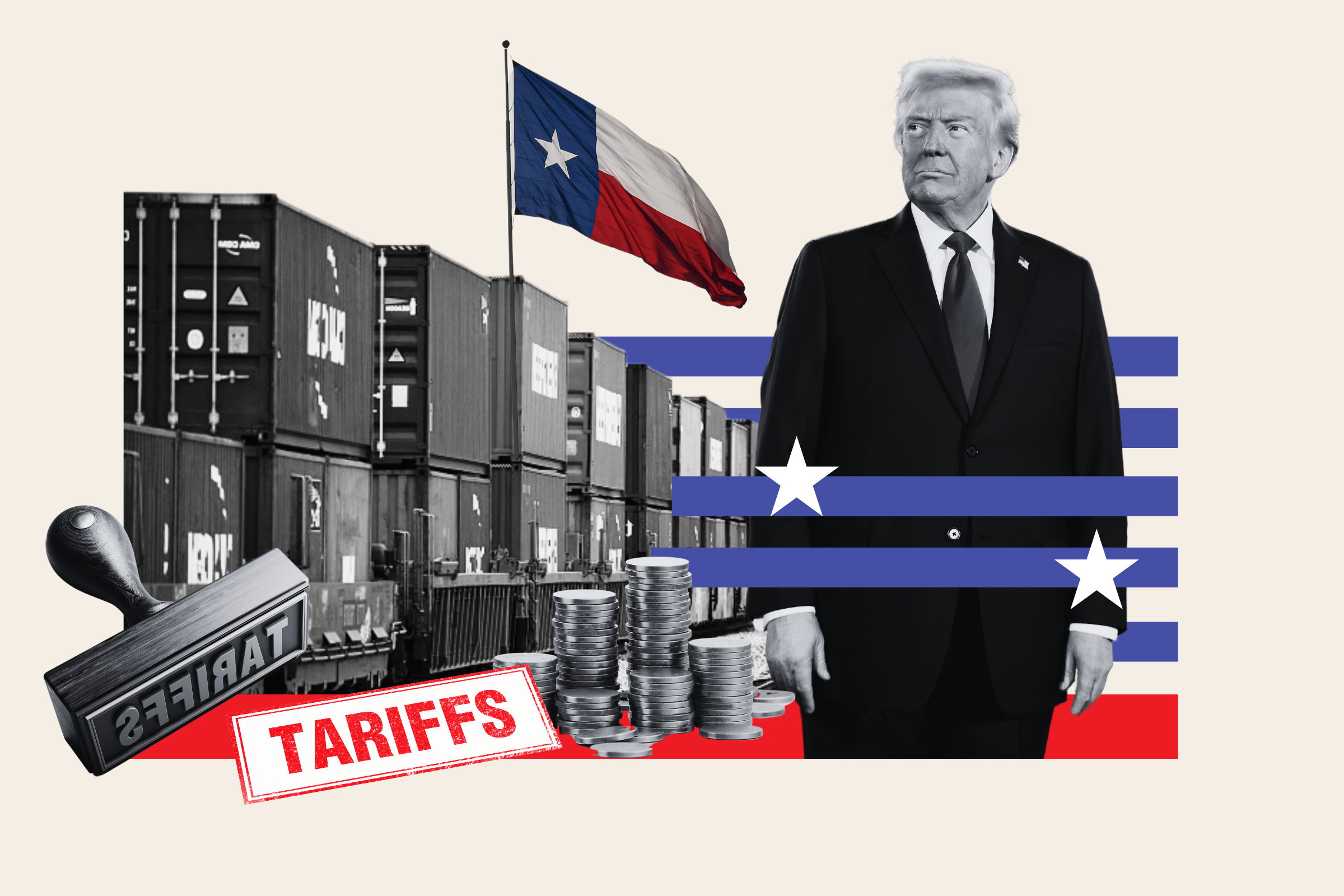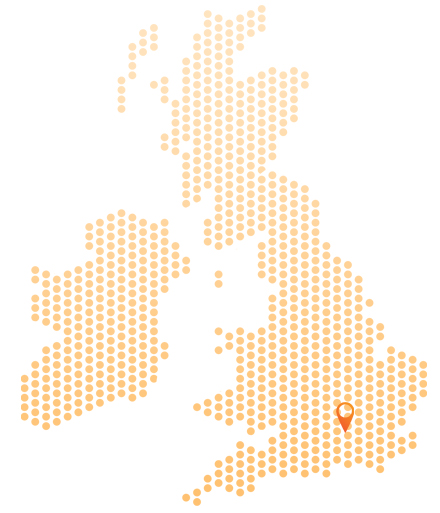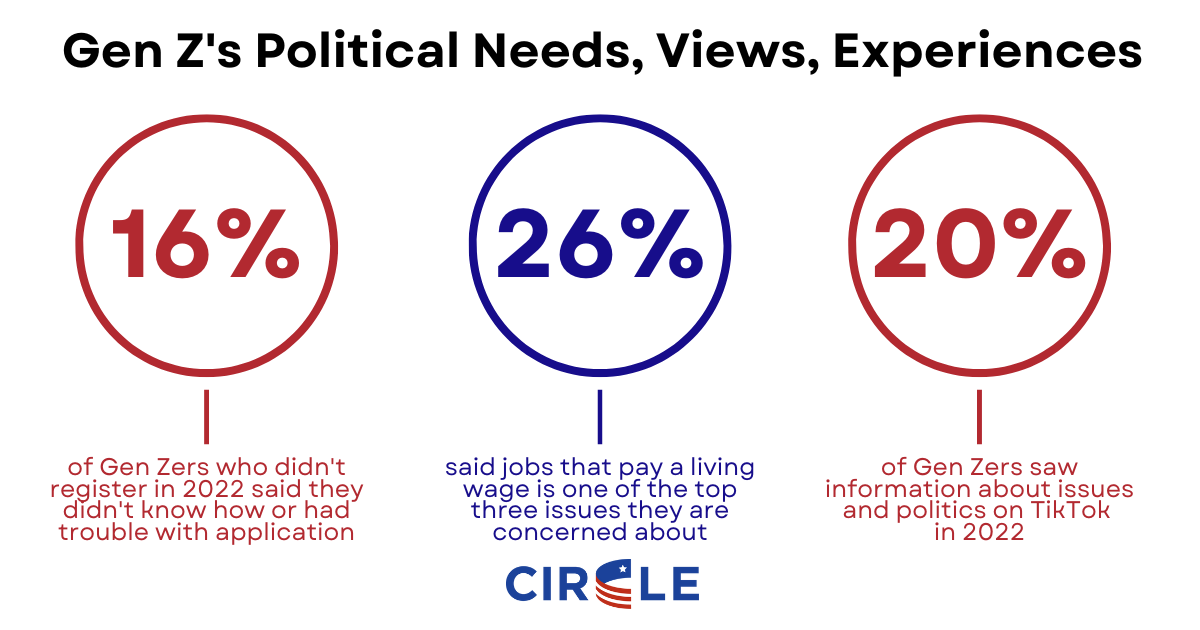Tariff Shockwaves: Assessing The Damage To The Bond Market

Table of Contents
Increased Inflationary Pressures
Tariffs Fueling Inflation
Tariffs directly increase the price of imported goods, leading to higher consumer prices and inflation. This occurs because tariffs act as a tax on imports, increasing the cost of production for businesses that rely on imported materials or components. This increased cost is often passed on to consumers in the form of higher prices.
- Increased production costs: Businesses face higher expenses, squeezing profit margins and potentially leading to job losses.
- Reduced consumer purchasing power: Higher prices for goods and services reduce consumers' disposable income, dampening economic growth.
- Impact on inflation indices (CPI, PPI): The Consumer Price Index (CPI) and Producer Price Index (PPI) – key measures of inflation – are directly affected by tariff-induced price increases.
The impact varies across sectors. For example, the manufacturing sector, heavily reliant on imported components, is particularly vulnerable. Similarly, the consumer goods sector experiences direct price increases impacting consumer spending and overall economic activity. The potential for a wage-price spiral—where rising prices lead to demands for higher wages, further fueling inflation—is a significant concern.
Central Bank Response to Inflation
Central banks typically respond to tariff-induced inflation by raising interest rates. This is aimed at cooling down the economy and curbing inflation. However, this action has significant consequences for the bond market.
- Impact on bond yields: Higher interest rates lead to higher bond yields, as investors demand a greater return for lending their money at a time of higher inflation.
- Potential for quantitative tightening: Central banks may reduce their holdings of government bonds, further impacting bond prices.
- Effects on different bond types (e.g., government bonds, corporate bonds): Government bonds are generally considered safer during periods of uncertainty, while corporate bonds, especially those with lower credit ratings, become riskier and potentially less attractive.
The inverse relationship between bond prices and interest rates is crucial here. As interest rates rise, bond prices fall, impacting investors holding fixed-income securities. This necessitates a reassessment of fixed-income strategies and a shift toward more flexible, inflation-protected investments.
Uncertainty and Risk Aversion
Trade War Uncertainty
The unpredictability inherent in trade wars significantly impacts investor confidence and increases risk aversion. The constant threat of new tariffs or trade restrictions creates uncertainty about future economic prospects.
- Reduced investment: Businesses postpone investment decisions due to uncertainty about future costs and market conditions.
- Flight to safety (e.g., government bonds): Investors seek the safety of government bonds, pushing up their prices and lowering their yields.
- Impact on risk premiums: Risk premiums on corporate bonds and other riskier assets increase as investors demand higher returns to compensate for increased uncertainty.
Market sentiment plays a critical role. Negative news about escalating trade tensions immediately impacts investor confidence, resulting in capital flight and market volatility. Emerging market bonds are particularly susceptible, given their inherent higher risk profile and dependence on global trade.
Impact on Credit Ratings and Default Risk
Tariffs increase the debt servicing costs for companies, especially those with high levels of debt. This increases the likelihood of defaults, prompting credit rating agencies to downgrade corporate bonds.
- Increased debt servicing costs for companies: Higher input costs reduce profitability, making it harder for companies to meet their debt obligations.
- Vulnerability of highly leveraged firms: Companies with significant debt are particularly at risk of default.
- Potential for downgrades: Credit rating agencies may downgrade the credit ratings of companies facing tariff-related financial difficulties.
Sectors heavily reliant on imported goods, such as manufacturing and consumer goods, are particularly vulnerable. The role of credit rating agencies in assessing and communicating this risk is critical for investors making informed decisions in the bond market.
Global Market Volatility and Interconnectedness
Spillover Effects
The interconnected nature of global markets means that tariff-related shocks in one market rapidly impact others. The effects are far-reaching and can quickly destabilize global financial markets.
- Contagion effects: Negative news about tariffs in one country can trigger similar reactions in others.
- Global capital flows: Capital flows shift based on perceived risk and return, potentially destabilizing exchange rates.
- Impact on currency exchange rates: Changes in trade balances and investor sentiment significantly influence currency valuations.
International bond markets are not immune. Global financial institutions play a key role in transmitting these shocks across borders, making it crucial to monitor global economic indicators and policy decisions.
Safe-Haven Demand for Bonds
During periods of economic uncertainty caused by tariffs, investors often seek safe-haven assets such as US Treasury bonds. This “flight to quality” increases the demand for these low-risk assets.
- Increased demand for low-risk government bonds: Investors prioritize safety over higher returns.
- Decreased demand for riskier assets: Investors reduce their exposure to riskier assets like corporate bonds and emerging market debt.
This increased demand for safe-haven assets pushes down their yields, while yields on riskier assets tend to rise to compensate investors for increased risk. Understanding this dynamic is vital for navigating the bond market during times of tariff-related uncertainty.
Conclusion
Tariff shockwaves are causing increased inflation, uncertainty, and market volatility, significantly impacting the bond market through various channels. The imposition of tariffs creates ripple effects throughout the global financial system, altering investor behavior and impacting the prices of different bond types. Understanding the intricate interplay between trade policy, inflation, and the bond market is crucial for investors.
Understanding the impact of Tariff Shockwaves on the bond market is crucial for investors. Stay informed about evolving trade policies and their implications for your investment strategy. Monitor key economic indicators such as CPI, PPI, and bond yields to adapt your portfolio effectively and mitigate the risks associated with tariff-related market volatility. Consult a financial advisor to discuss strategies for navigating the complexities of the bond market in the face of tariff shockwaves.

Featured Posts
-
 L Humoriste Eric Antoine De Nouveau En Couple Une Relation Officialisee Sur M6
May 12, 2025
L Humoriste Eric Antoine De Nouveau En Couple Une Relation Officialisee Sur M6
May 12, 2025 -
 Doom The Dark Ages Everything We Know So Far
May 12, 2025
Doom The Dark Ages Everything We Know So Far
May 12, 2025 -
 Cineplex Q1 Loss Theatre Attendance Decline Impacts Results
May 12, 2025
Cineplex Q1 Loss Theatre Attendance Decline Impacts Results
May 12, 2025 -
 Where Is Zane Denton Playing Now Latest Update On The Tennessee Baseball Star
May 12, 2025
Where Is Zane Denton Playing Now Latest Update On The Tennessee Baseball Star
May 12, 2025 -
 New Business Hot Spots A Nationwide Map And Analysis
May 12, 2025
New Business Hot Spots A Nationwide Map And Analysis
May 12, 2025
Latest Posts
-
 Young Influencers Transition From Kamala Harris Campaign To Congress
May 13, 2025
Young Influencers Transition From Kamala Harris Campaign To Congress
May 13, 2025 -
 From Social Media Influencer To Political Candidate A Gen Zs Journey
May 13, 2025
From Social Media Influencer To Political Candidate A Gen Zs Journey
May 13, 2025 -
 Kamala Harris Influencer Seeks Congressional Seat A Gen Z Story
May 13, 2025
Kamala Harris Influencer Seeks Congressional Seat A Gen Z Story
May 13, 2025 -
 From Kamala Harris Influencer To Congressional Candidate Gen Zs Political Rise
May 13, 2025
From Kamala Harris Influencer To Congressional Candidate Gen Zs Political Rise
May 13, 2025 -
 Cp Music Productions A Father Son Musical Journey
May 13, 2025
Cp Music Productions A Father Son Musical Journey
May 13, 2025
